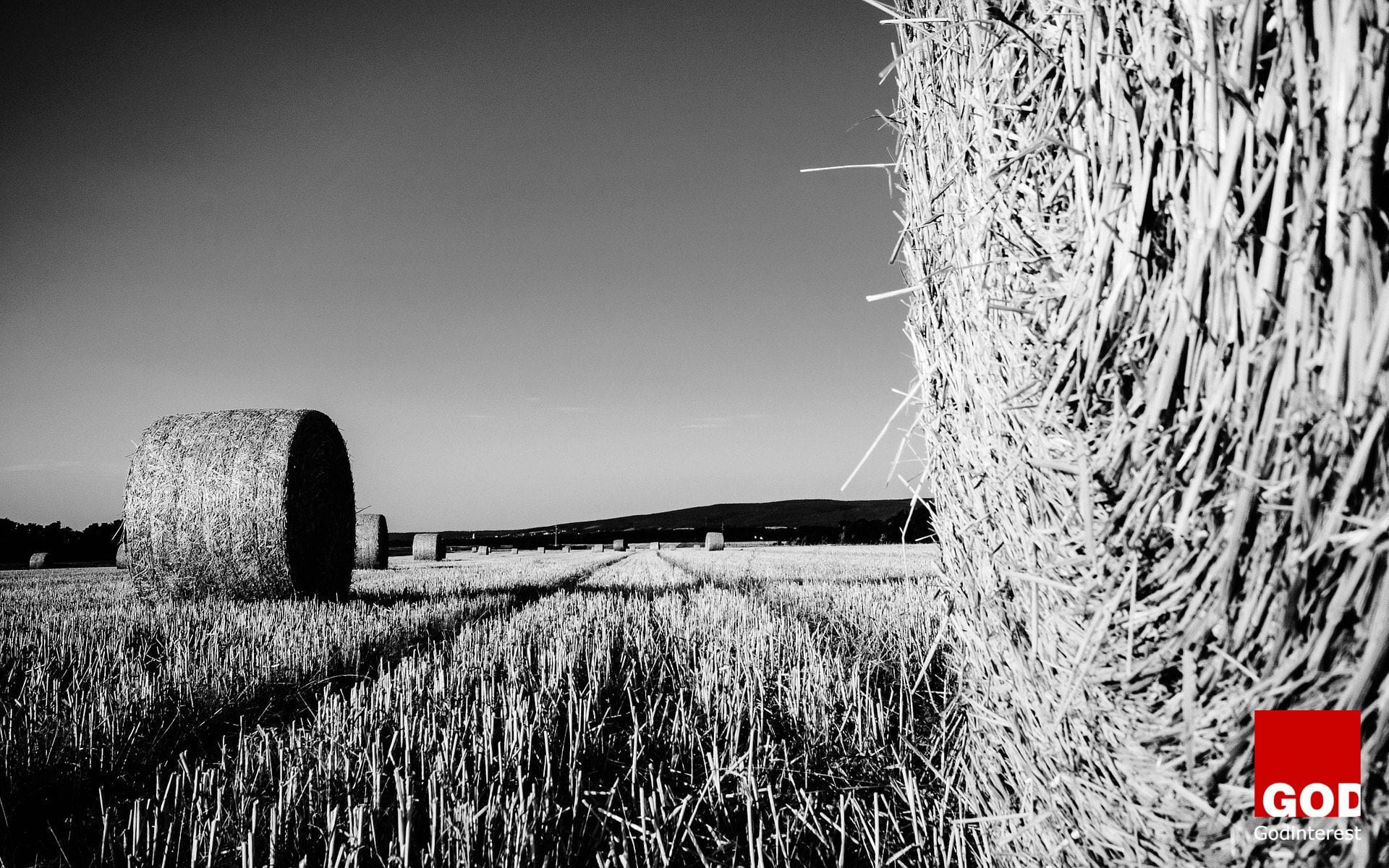It covers 71% of the Earths surface and is vital for all known forms of life, and right now it’s giving us a warning
Almost Half the Global Population Could Be Living in Areas of High Water Stress by 2030 with Five of the Top 10 Global Risks Having a Water Element to Them
Ask Americans and in particular, residents of their most populous state California what they think of water. The state gets 75% of it from snow, and in 2014, 70% of its usual snowpack was missing. The year earlier it was the driest on record. Britain’s problem has been exactly the opposite: biblical flooding in recent years. The Thames has been flowing at its highest level, for the longest period, since 1883, and storms across south-western England have left Brits kayaking through their towns.
In 2013, the world had a record number of $1 billion weather disasters – 41, topping the previous-just three years earlier. Almost all of the 41 involve water – flooding, drought or damage from cyclones, and there are three reasons we’re seeing more water issues. The first is population growth. The drought in California is made worse by the fact that the state’s population is one third bigger than in 1990 with 10 million more people living there today.
The American drought has crippled California’s farmers, who grow 60% of the countries produce, and has left the nation with its smallest cattle herd in 60 years, sending beef prices to record highs. Economists estimate that the flooding in Britain could shave a full point off GDP. Water problems are local. England’s flooding has to be fixed in England and the Californian drought in California.
We Have to Learn to Make Space for Water. You’re Not Going to Hold Back the Flood. You Have to Anticipate, and Adapt
Water use in California has already changed dramatically. In 1972, the average resident of Los Angeles used 715 litres a day. Today, the average is 465 litres. The Los Angeles Metro area has 50% more people than it did 20 years ago, but it uses the same amount of water.
Extreme Weather from Heatwaves, to Deluge Increases the Threat of Disease, Ruins Food Stocks, Drives Millions of People into Poverty and Could Lead to War, the International Panel on Climate Change Warned
“Nobody on this planet is going to be untouched by the impacts of climate change,” said Rajendra Pachauri, the IPCC chairman.
Unless we act dramatically and quickly, science tells us our climate and our way of life are literally in jeopardy.
The amount of water on earth doesn’t change – no ‘new’ water is being created and no water is being destroyed. It is simply used, it evaporates and is used again. In a world of big problems, water problems are among the biggest. But unlike many other big problems like climate change and economic inequality, most water problems are solvable, and this one requires us simply to consume less.
Despite average rainfall of around 2,450mm a year, twice the amount that falls in the UK, Singapore has historically relied on importing water. All it takes in Philadelphia is 6mm of rainfall for the city’s sewerage network to overflow into the Schuylkill and Delaware rivers, polluting its main source of drinking water. In April 2012, the city signed an ambitious agreement with the EPA to spend $2bn over the next 25 years transforming a third of its hard surfaces into 10,000 acres of green spaces.
There are some fundamental issues holding progress back. Water is too cheap and our attitude to finite resources must change.






